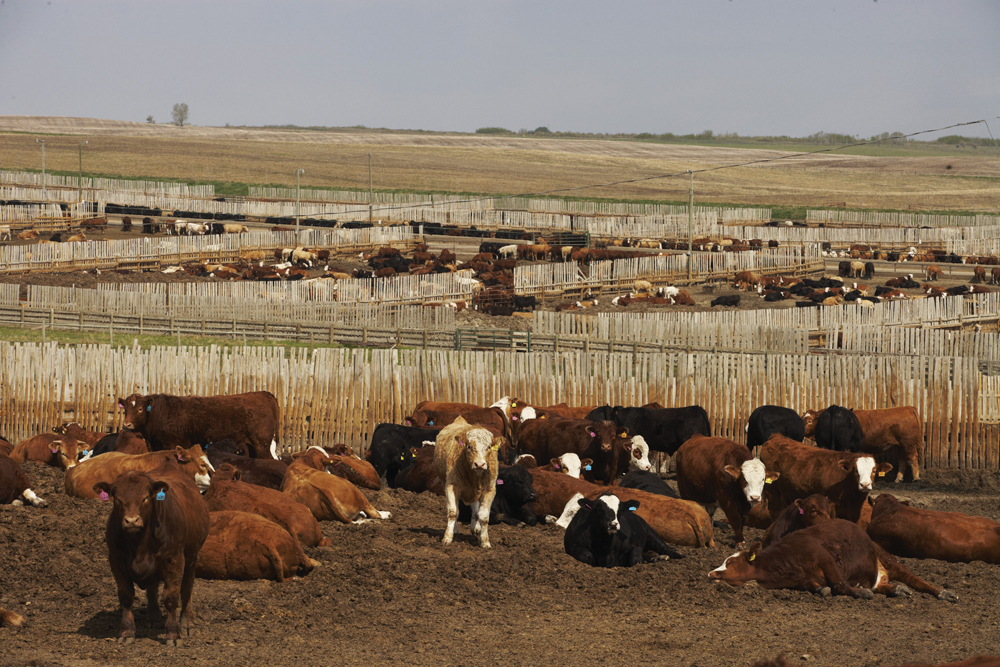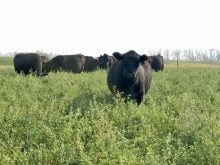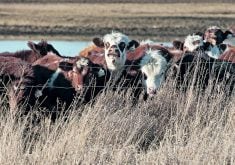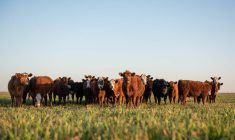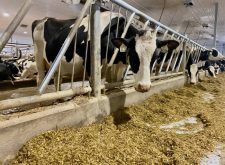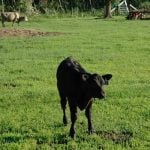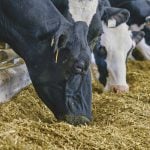It’s been a roller-coaster year and while the ride isn’t over for the cattle sector, the worst may be behind it.
“This year has been pretty extreme, but we’ve had a pretty good recovery,” CANFAX manager Brian Perillat said during a presentation at the virtual Canadian Beef Industry Conference.
“Things are much better than earlier this summer.”
But there is still a backlog of about 100,000 cattle to be slaughtered.
Over the past few years, Canada has grown its feeding and slaughter capacity as well as slaughter numbers.
Read Also
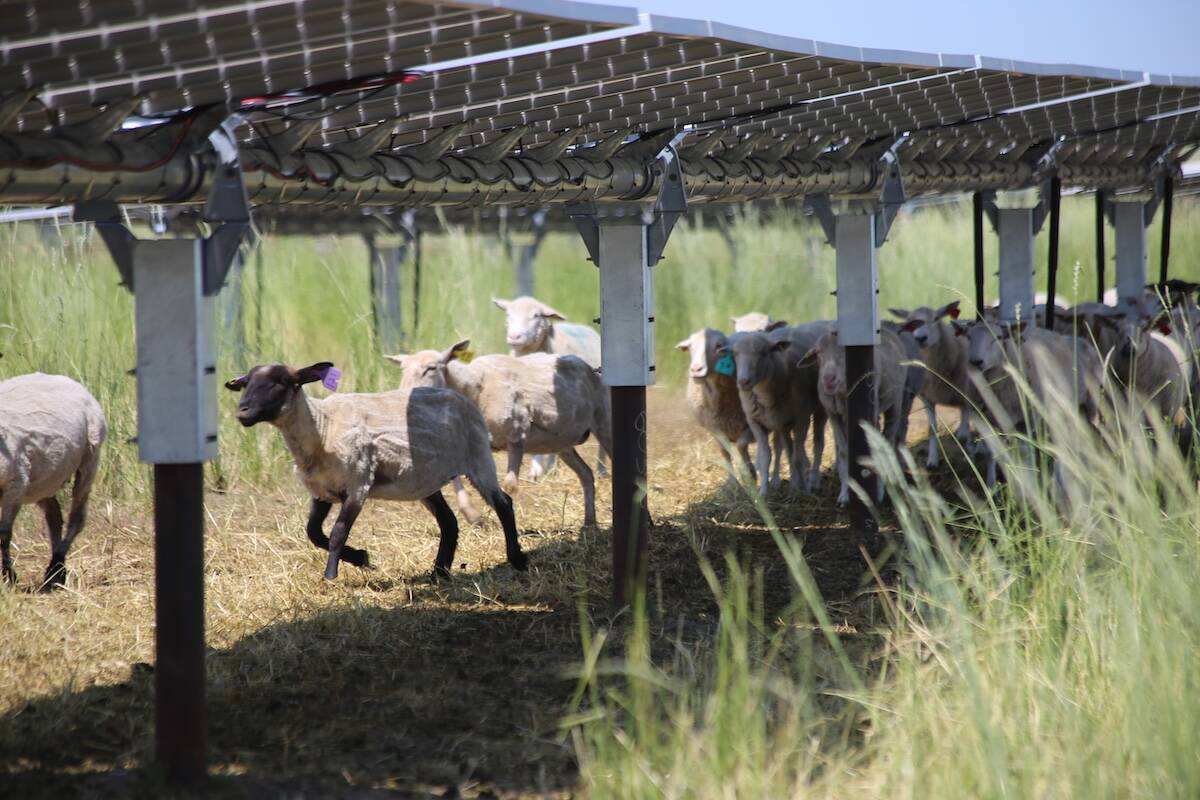
Solar and sheep provide valuable farm diversification
Agrivoltaics – the system of grazing sheep or conducting other agricultural activity under arrays of solar panels – can provide farmers with diversification options for their operations.
“2019 was one of our biggest slaughter years for the decade and we started 2020 with nine per cent on feed in Western Canada,” he said. “We certainly had more cattle on feed to work through. As we went into 2020, we were expecting a rapid slaughter pace to be able to work through all these cattle numbers. Then COVID hit.”
Slaughter rates have recovered rapidly, and packers are working through the backlog, which bodes well for fall if it continues.
“When we got into April, we were in multi-decade lows in slaughter rates,” he said, noting slaughter plummeted to barely 20,000 a week, down from about 70,000 a week.
In the last two months, packers have exceeded year-ago rates. As well, grazing conditions have been favourable in Western Canada and producers were able to leave cows on pasture a little longer.
On March 1, there were 92,000 more cattle on feed than usual, but since March 1, 100,000 fewer cattle have been placed.
“We have offset the cattle on feed with lower placements, but there are cattle that we didn’t process and we’ve got to keep in mind that they’re still in markets or on feed,” said Perillat.
Feeder markets are perking up and the futures markets have been strengthening in the United States, which is supporting Canadian feeder markets. This allows feedlots to employ some risk management opportunities on calves and feeders and find some willing buyers, he said.
Cattle numbers in Canada continue to shrink and cow slaughter is down dramatically this year.
“As we head into the fall run, we have fewer calves coming into the market overall,” he said.
Slaughter capacity in Canada has increased over the past five years, while the herd has shrunk. In addition to keeping calves at home, Canada also imported feeder cattle from the United States, and will continue to import feeders to support growth of the feeding industry.
“We have been able to grow our industry despite the cow herd shrinking,” he said.
The cow-calf side has been profitable, but on the feedlot side, there’s been a string of losses.
“This is my caution heading into the third quarter, early fourth quarter. These calves are a little bit backed up. Guys are feeding them longer. They’re still out there and yet to come to market.”
It’s a bit of a head-scratcher, but Canadian carcass weights from the backlogged cattle are about two to three pounds smaller than they were a year ago.
“We’re seeing most of the cattle getting marketed in a timely manner,” he said. “We’re able to market the cattle we need to and manage the other ones.
“September and October can be challenging marketing months and that’s where all the calves can hit so we’ve got to watch that side of things. At those price levels, the feedlots are taking quite a hit.”
Calf prices have been flat, but have held up better than the fed cattle market, which is well below year-ago levels. Calf prices are similar to prices a year ago.
When prices plummeted during the plant shutdowns in the spring, there were huge losses in the feedlot sector, roughly $500 to $600 per head. Currently, those losses are $200 to $300 per head.
The Canadian dollar has been creeping up again as the American dollar weakens, which is good for the cattle markets.
“Our dollar going up, the U.S. dollar going down and the futures being supported by that somewhat helps cushion the blow,” said Perillat.
Basis is currently at par with the United States, which only started happening in the last few years. But lots of cattle should be coming to the market in the next few months, which should put some pressure to the basis, he said.


